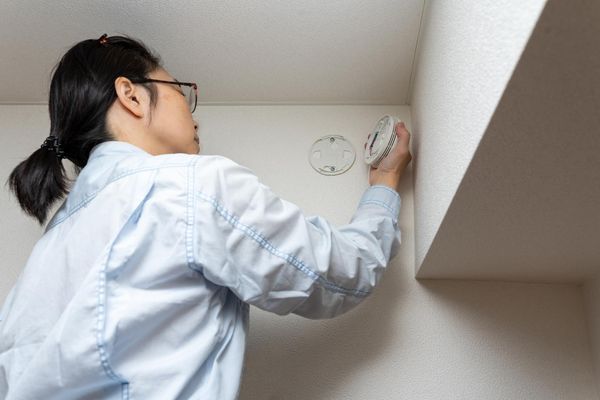You may have heard about it in the news: bedbugs, those tiny blood-sucking parasites, are gaining on us. Yuck! Since bedbugs can be transported from one location to another via luggage, furniture, clothing and used mattresses, it's easy to see how they get around.
They usually attack at night right before dawn, hiding out in seams of mattresses and box springs or behind old wallpaper. The scary thing is that initially, we might not even be aware that we're being bitten, since these pesky insects inject an anesthetic through their saliva when they pierce our skin. They get their fill of your blood, then retreat. Sounds awful, doesn't it?
How do you know when you've been bitten? Sometimes you don't. Other times (minutes or days later) there might be localized itching and reddish skin lesions that look like a flat welt or raised bump. There are things you can do at home to treat the itchiness or redness. Allergies to bedbugs are rare, but some signs - like wheezing, shortness of breath, swelling of your lip or tongue or dizziness or fainting - warrant a visit to a health professional or your nearest ER. It's difficult to make a diagnosis of a bedbug bite, so if you can trap that sucker and bring it in with you, you may make this process easier.
I don't know about you, but the next time I sleep away from home, I'll be on the lookout for these creatures. If I see a reddish-brown, flat or oval-shaped bug that's about 4-5 millimeters long, or dark brown or reddish fecal droppings, I'm out of there!







